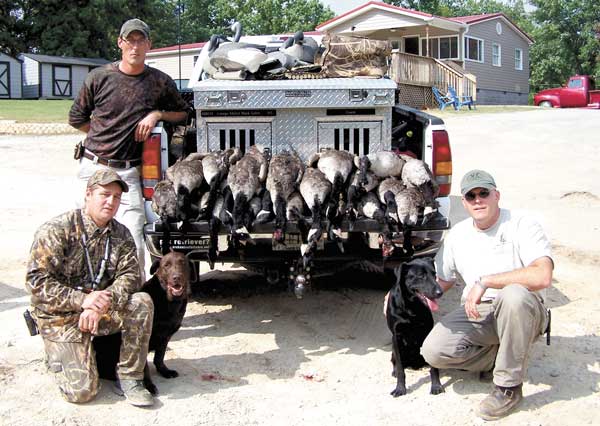
Canada geese offer South Carolina hunters a unique opportunity in many areas.
If you think you have to make a long trip to bag a limit of Canada geese, you’re mistaken.
South Carolina is fertile ground for goose hunters these days, considering the sprawling populations of resident and migratory Canadas.
And you don’t need to be an expert waterfowler to find a flock of 20 geese bouncing around between lakes, rivers and small ponds; you just need to figure out how to get them in shotgun range.
A perfect set-up for a flock of hungry Canadas — either in the early September season, the late February season or during the heart of duck season — is almost always going to include freshly cut grain field. But like the migratory doves that find sanctuary around backyard bird feeders, Canada geese are opportunistic enough to thrive in various habitats.
If goose numbers are sufficient, they can really mess up an area with their droppings, or they can decimate a field of winter oats. To people who deal with these kinds of problems, geese are almost pests.
When developers put scenic ponds in new neighborhoods, it often opens new habitat and safety to geese that often become more like pets to the residents.
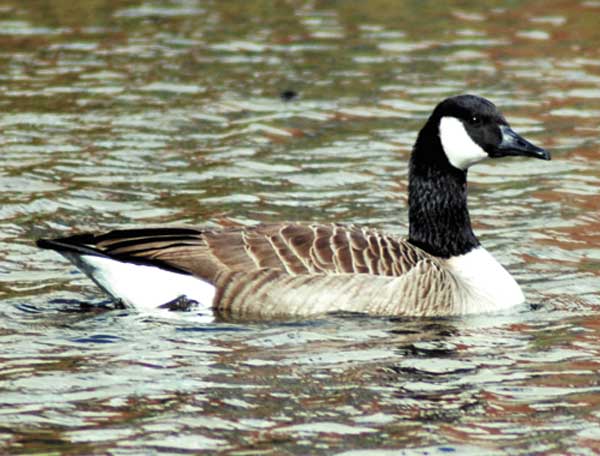
Pests or pets? It is a fine line, and there is enough room in South Carolina for both groups. But if you are a goose getter, you must identify which birds are being treated like pets, and which ones are being scowled at as pests.
Scouting may be up to 90 percent of the job required to harvest a pickup truck load of honkers. Hunters can identify where birds are roosting, feeding and loafing — and who they can approach about offering to “control” their numbers.
Keep in contact with landowners, or any other willing lookouts, about what they are seeing the geese doing: flying in at dawn, leaving through the same corner of a field, or roosting in a particular island or pond. Get to know the tendencies of the geese in your area, then figure out when to set up and hunt them.
Pasture/pond geese
Jamie Mintz of Spartanburg has hunted waterfowl in Canada and the Midwest, but that doesn’t mean he doesn’t love a goose hunt closer to home. He is taking advantage more often of geese nowadays, because the ongoing drought has kept duck numbers down.
“The creeks and the swamps are dry, so there is just not as many places to look for ducks, but I can count on geese being around using rural ponds, and that’s where we hunt them,” he said.
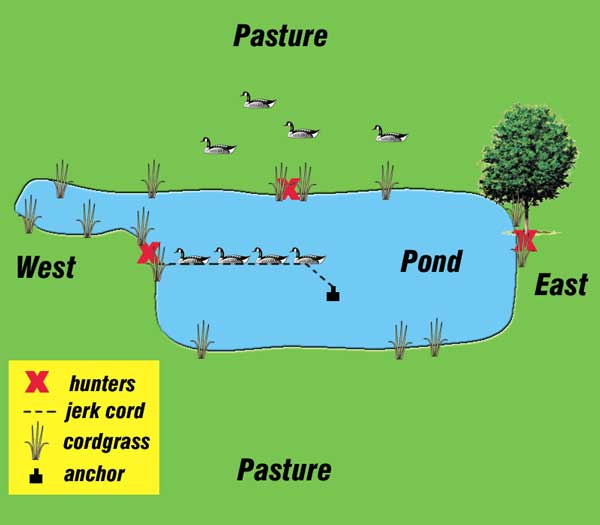 Mintz, the chairman of the Spartanburg chapter of Ducks Unlimited, also pays a lot of attention to grain fields and ponds in cow pastures — prime spots for geese to use.
Mintz, the chairman of the Spartanburg chapter of Ducks Unlimited, also pays a lot of attention to grain fields and ponds in cow pastures — prime spots for geese to use.
“Its not too hard to get permission from a landowner to hunt these resident geese because they can make such a mess on a place,” said Mintz, who usually carries along a pair of Labs, along with hunting buddies Brian Sullivan and Mark Link, the latter being president of the Cherokee Foothills Retriever Club.
The build-up to a goose hunt can be very exciting.
“One time, we had 60 to 80 birds using a fresh-cut millet field,” Mintz said. “For two weeks, the landowner would call with what time they came in, how long they stayed and when they left out.”
That’s the kind of situation Mintz likes, because hunting is a matter of working around the work schedules of members of his hunting party. They really like to hunt, “when they can set their watches by the coming and going of the geese.”
One such hunt resulted in the three bagging 16 honkers; on another, they brought down 19 geese.
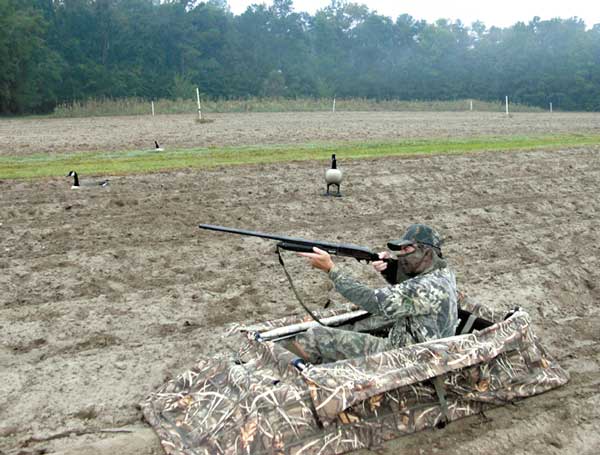
“We were hunting a cow pasture pond that about 200 geese were using, and they tend to come in groups of about 30,” he said. “What you don’t want is for them all to come at once.”
Mintz mixes his decoy spread between floaters for any small pond and blocks that can stand or sit in the field. When a flock approaches, announcing their presence with a chorus of honking, Mintz tries to call them into range. Typically, the lead goose is spared so it can lead the rest of the flock into range — where all three guns can take a toll from layout blinds.
Funnel river birds
Robin Stamps of West Columbia, another veteran waterfowler, has seen the population of geese really explode over the past few years.
“Actually within the last five or six years, they have really increased their numbers and taken over,” he said.
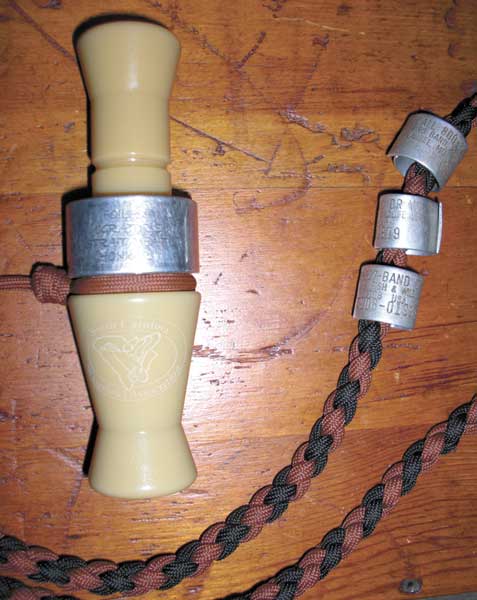
An avid wing shooter, Stamps and his 16-year-old daughter, Taylor, do their part to figure out how to keep the geese in check. But all too often, it’s the geese that keep the Stamps’ team guessing what section of the Saluda River they are going to use next.
Hunting on the Lexington County side of the river, the Stamps launch a canoe in the river and paddle towards a favorite island that is messy with goose droppings.
“You just can’t figure how those geese are gonna fly the river. If we set up on a bank they fly the other bank; if we set up in the middle they fly the treeline,” he said.
One tactic that has been successful is to hunt “bottlenecks” along the river, narrow areas caused by a mid-river island or some other physical feature. That tends to funnel the geese through a certain spot.
The Stamps set up before dawn; they don’t put out decoys, but they do call. “We wear lots of camo and know to stay still when the geese are approaching,” he said.
Stamps is very satisfied whenever he and Taylor each bag a goose, because he only wants enough geese to eat fresh.
Slim Lowcountry pickings
Waterfowl biologist Dean Harrigal of the S.C. Department of Natural Resources doesn’t believe as many geese are killed east of I-95 and U.S. 17 as in the rest of the state.
He says figuring that out is as easy as looking at the field- reports section of the “SCDucks” website. Lowcountry habitat is just not as suitable for the Canadian geese to use; for example, they don’t use the abundant brackish or saltwater marshes of the Lowcountry.
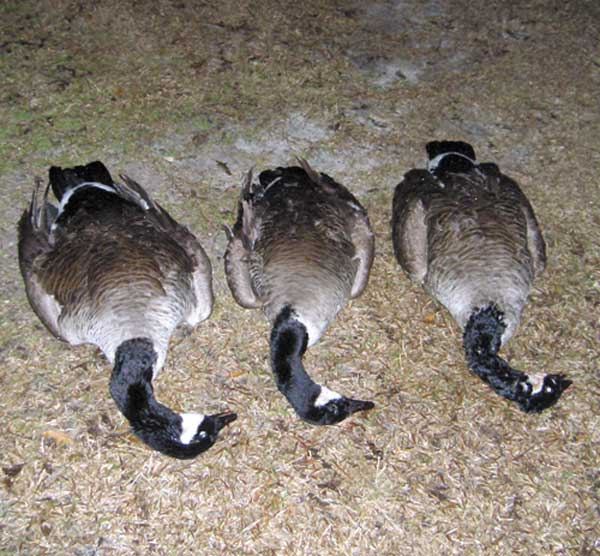
“Back when SCDNR tried to re-establish a huntable population of geese through reintroduction in the 1970’s, it became pretty clear that the geese didn’t reproduce well in the Lowcountry,” Harrigal said. “Lots of predators — like alligators and even large turtles — were hard on the goslings.”
Bear Island WMA is a place where land ends and extensive marsh takes over — the type of place that just looks ducky.
“We might have 100 Canada geese come here every year, which is not very many, considering we used this as a reintroduction point and built a special freshwater pond for them called Goose Pond.”
Geese prefer to graze in large, high-quality feeding fields associated with large lakes, and that simply does not describe typical Lowcountry habitat.
“Geese are grazers. They like to walk through a field and pick at the grass chutes, seed heads and maybe a take a few bugs for protein,” said Harrigal, who believes that South Carolina has a good population of Canadas — in the neighborhood of 50,000 mating pairs, with about 25,000 birds harvested annually.
“I’m sure about 95 percent of those birds are resident geese,” he said. “And like turkey hunting, the devil is in the details for the final 60 yards of approach.”



Be the first to comment